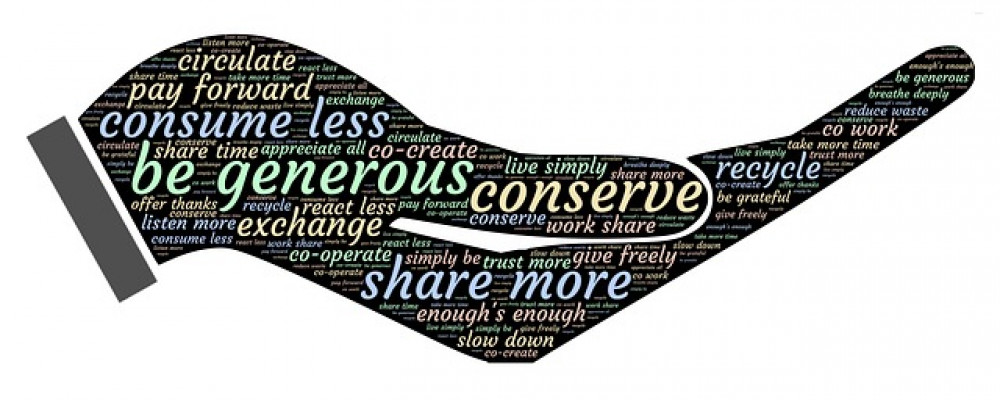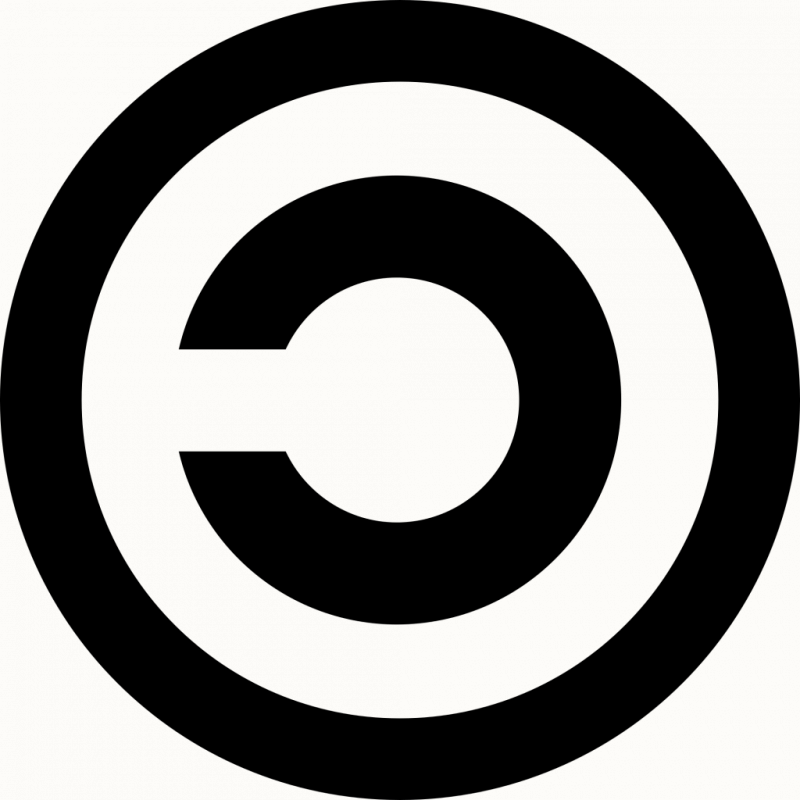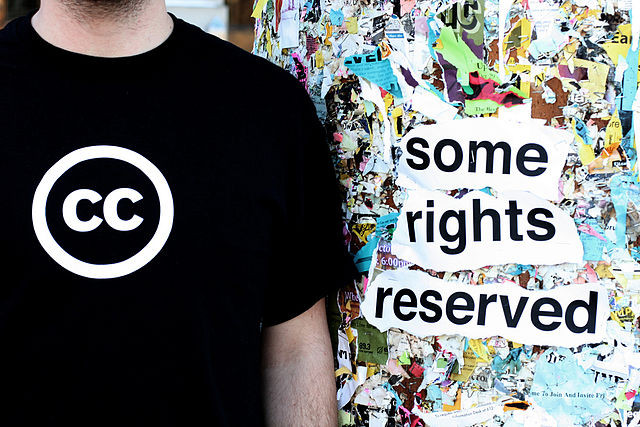
Creative Commons License & Copyleft: The Future Of Design Sharing
Over the last two articles, we looked at the meaning of Intellectual Property, and how to protect it and prevent it's theft. In this article, we'll look at a final and unique type of ownership of IP: The Creative Commons License and Copyleft. This concept will be helpful if you want to share some of your work for free, but restrict how it is used. Let's find out how it works.
@creativecommons and #copyleft: A new kind Of #sharing and #ownership


Creative Commons: Meaning of the term and how it works
As a designer, you'd be hugely frustrated if someone were to steal your work and sell it off as their own (understatement of the century!). After all, it was your effort and creativity that made the design. Copyright laws make it illegal for anyone else to use your work, either in the original form or by modifying it without your explicit permission.
There is no point, however, creating beautiful work and then being too scared to show it to anyone for fear of copycats. And the fact of the matter is that other people sharing your designs can be a great source of promotion. It's part of this amazing shift we're seeing towards the age of the "sharing economy" and "open source networks". There is a way to freely share work with the public and keep the proprietary rights yourself. This can be done by licensing the product under the Creative Commons License framework.
Creative Commons "CC", was a movement founded by Lawrence Lessig in 2001, with the intention of allowing artists to make their creative works available to the public, but with restrictions on it's use. CC works are also protected by copyright, but the difference is that the artist who created it allows you to use it for free, as long as you conform to the conditions cited in the accompanying license. Thus, Creative Commons allows artists to share select intellectual property with the public, enabling them to build upon and share it further.
There are four types of standardised licenses under Creative Commons.
- Attribution: The user may distribute, alter and build on the work, even commercially, as long as he suitably credits the creator for the work
- Non-commercial: The user may distribute, alter and build on the work only for non-commercial purposes, as long as he attributes the work to the original creator
- No derivatives: The user may distribute the work only in the original and intended format, and should attribute it to the creator
- Share Alike: The user can freely share and distribute the work by crediting the creator, but should also ensure that all derivative works are licensed under the same terms of the original work.
- Non-commercial Share Alike: The work is governed by the same conditions as the Share Alike license, but it may only be used for non-commercial purposes
- Non-commercial,non-derivatives: The user may use the work only in the original form and for non-commercial purposes, as long as he credits the original creator
It is very easy to license your work under Creative Commons. All you have to do is select the suitable license from the above list to use for your work, mark your design with it and release it to the public. This will help your users identify the chosen license, so they may adhere to its terms and conditions.
The License choosing tool on the Creative Commons website will help you select the right license for your work.

Copyleft: What it means and how to use it
Copyleft is quite similar to Creative Commons in that the author applies some restrictions to the use of his work through a license. The license defines the copying terms under any of the following categories
Freedom 0–Complete freedom to use the work
Freedom 1—Freedom to study the work
Freedom 2—Freedom to copy and share the work
Freedom 3—Freedom to modify and distribute the original work and its derivatives
Copyleft gives users the permission to contribute improvements to a work. The distribution and modification terms accompanying the license ensure that the improved version will be used only under the original terms accompanying the work. A work released under copyleft should be accompanied by the symbol of a backwards C enclosed in a circle.
Pros and cons of Creative Commons License and Copyleft for designers

You saw in our first article that the copyright owner allows his work to be used either through Assignment or Licenses. Thus, when you copyright your work, you disallow anyone from using it without paying you for its use. While this may seem necessary for most of your work, it is not always the case.
When you release your designs to the public under CC or copyleft, you have a mutual agreement with potential users on the terms and conditions under which your work may be used. This eliminates the likelihood of any legal complications, through unfair or illegal use. The bonus is that when people share your work and accredit you for it, you gain valuable publicity that helps you grow as an artist. So, it is free advertisement for your work. Many people use these open networks to find collaborators and improve their design work.
Despite all this, the system has its pitfalls. This article on the Scientific American draws attention to a Smithsonian blog entry, where the caption accompanying a CC image by the artist Terry Priest failed to mention the photographer's name, and simply contained a link to the database from where it was picked. Not only does this mean that the license terms were violated, it defeated the whole idea of the CC concept — agreeing to the terms set by the artist, when using his creation.
Another factor is that the licensing and contracting laws for CC vary from country to country. This legally complicates the solutions if there is a breach in terms of use. You should also remember that once you release a work under creative commons, it cannot be re-licensed in any other way. Only do so if you are certain that you will never consider monetising it in any way in the future. Find out more in this article.
Thus we come to the end of our three-part series. By now, you've covered every aspect of Intellectual Property Rights and how it applies to designers like you. I hope you enjoyed it and will be using this knowledge in your journey forward.
Sign up for our newsletters for the latest blog posts and updates. Tweet the article using the links below!
A way to freely #share work with the public, and keep the proprietary rights for yourself @CreativeCommons #copyleft.

What is the #sharingeconomy?

